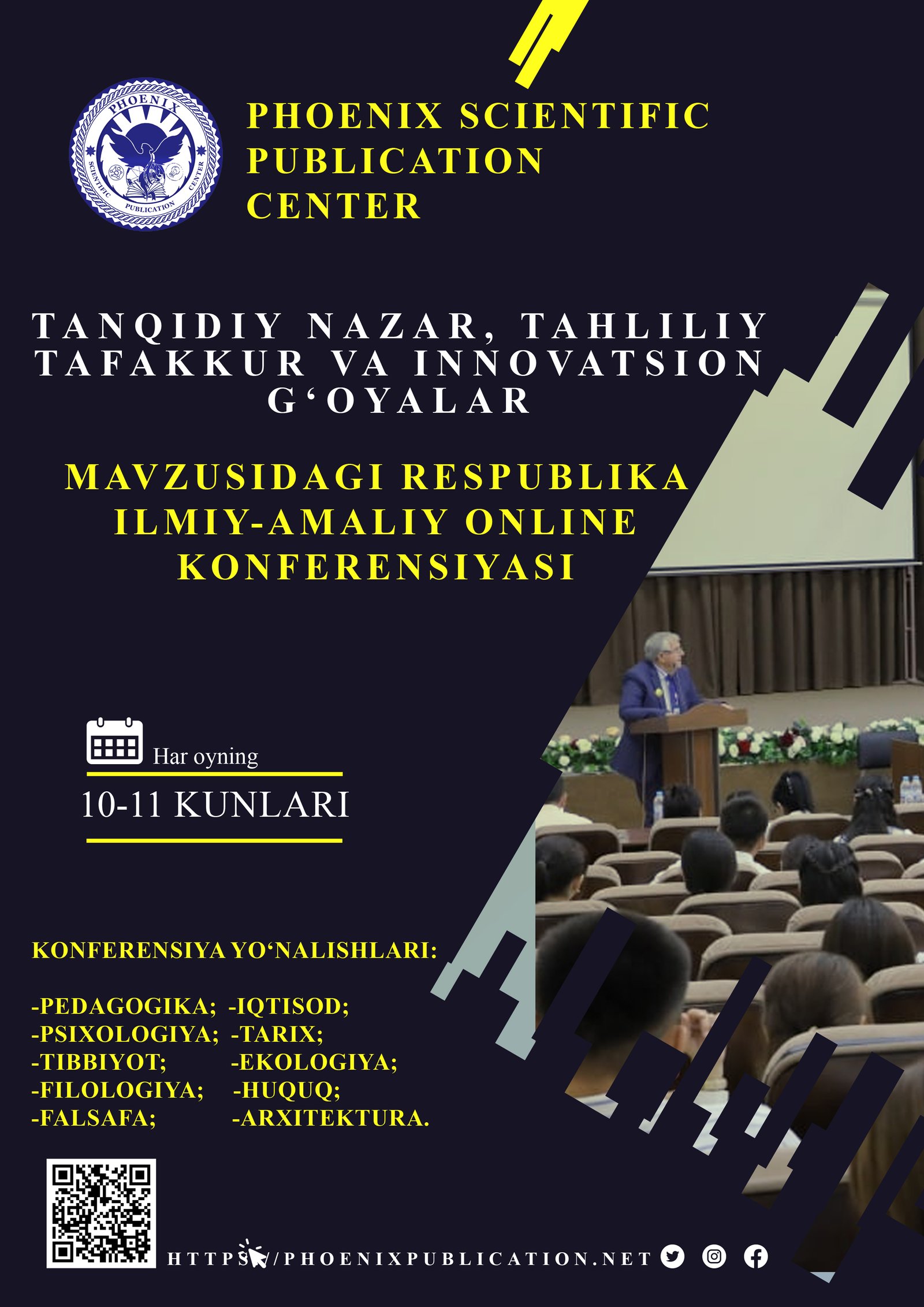Abstract
This paper investigates two adolescent English language learners, Aygul and Akbar, and uses Krashen's primary theories to address their language learning demands.
Aygul, a 15-year-old girl from Kyrgyzstan, just migrated to Uzbekistan. Her primary language is Kyrgyz, and she studied Russian as a second language at school. Despite having had no formal English teaching, Aygul self-studied utilizing books and internet videos, eventually obtaining an A2 level on his own. She can comprehend brief, simple texts and engage in rudimentary communication. Aygul is highly driven and wants to improve her English so that she may perform well in school and communicate with her peers.
Akbar, also 15, is from Uzbekistan and speaks Uzbek as his native language. His mother, an English teacher, built an intensive home setting for him, so he received early exposure to the language. She introduced spoken English through media and eventually taught him grammar and writing with textbooks. Akbar is now studying at a school that focuses on Russian and English, and he has achieved a B1 level. He wants to study medicine abroad and plans to take the IELTS exam in the future.
References
1. Georgette Loup, et al. (1994). Reexamining the Critical Period Hypothesis: A Case Study of Successful Adult SLA in a Naturalistic Environment.
2. Krashen, S. D. (1985). The Input Hypothesis: Issues and Implications. Longman.
Stevick, E. W. (1996). Memory, Meaning, and Method: A View of Language Teaching.
3. Hulstijn, J., & Hulstijn, W. (1984). Grammatical errors and fluency in second-language learners. In D. Singleton & Z. Little (Eds.), Language Acquisition in Second Language Contexts.
